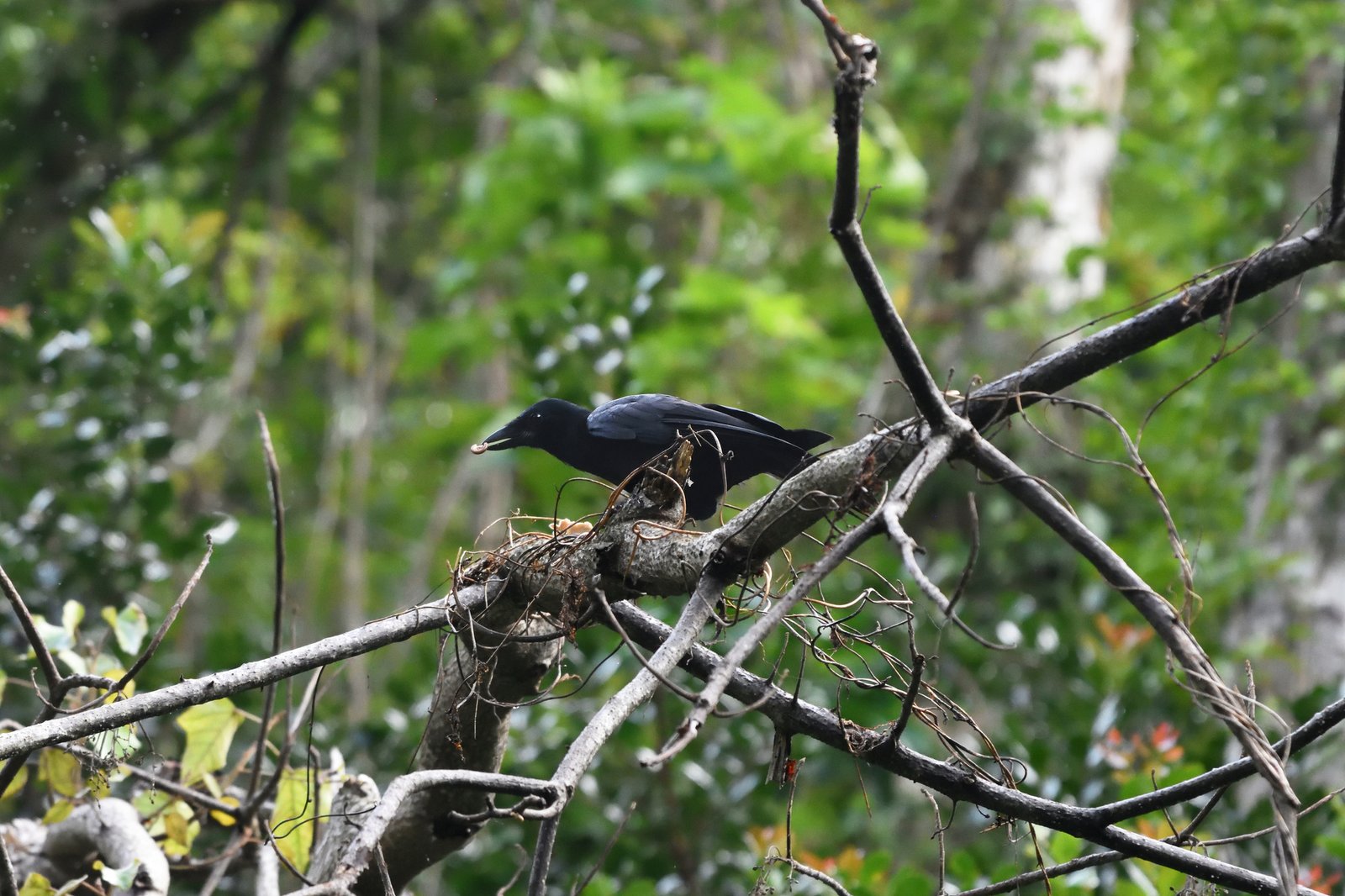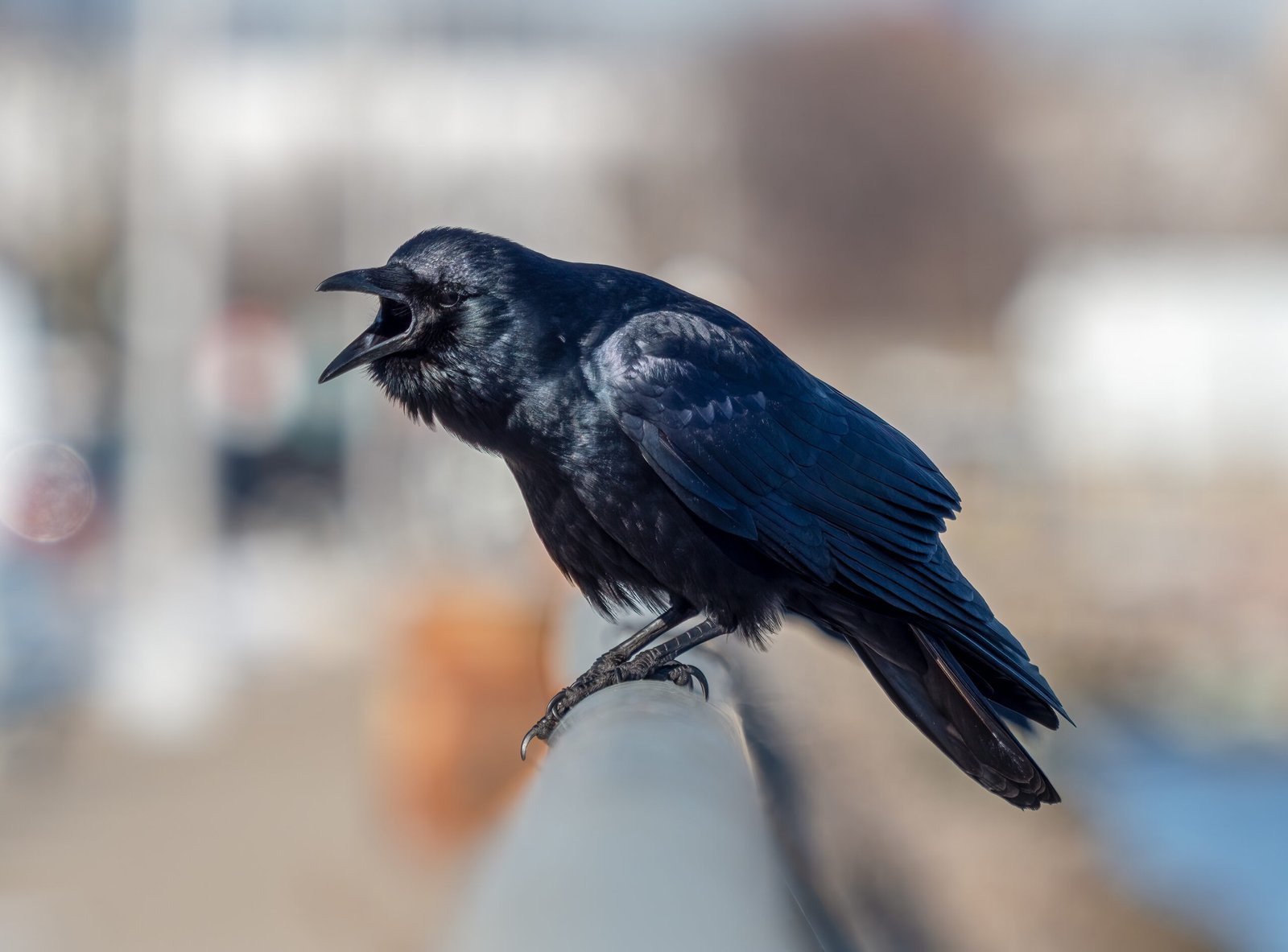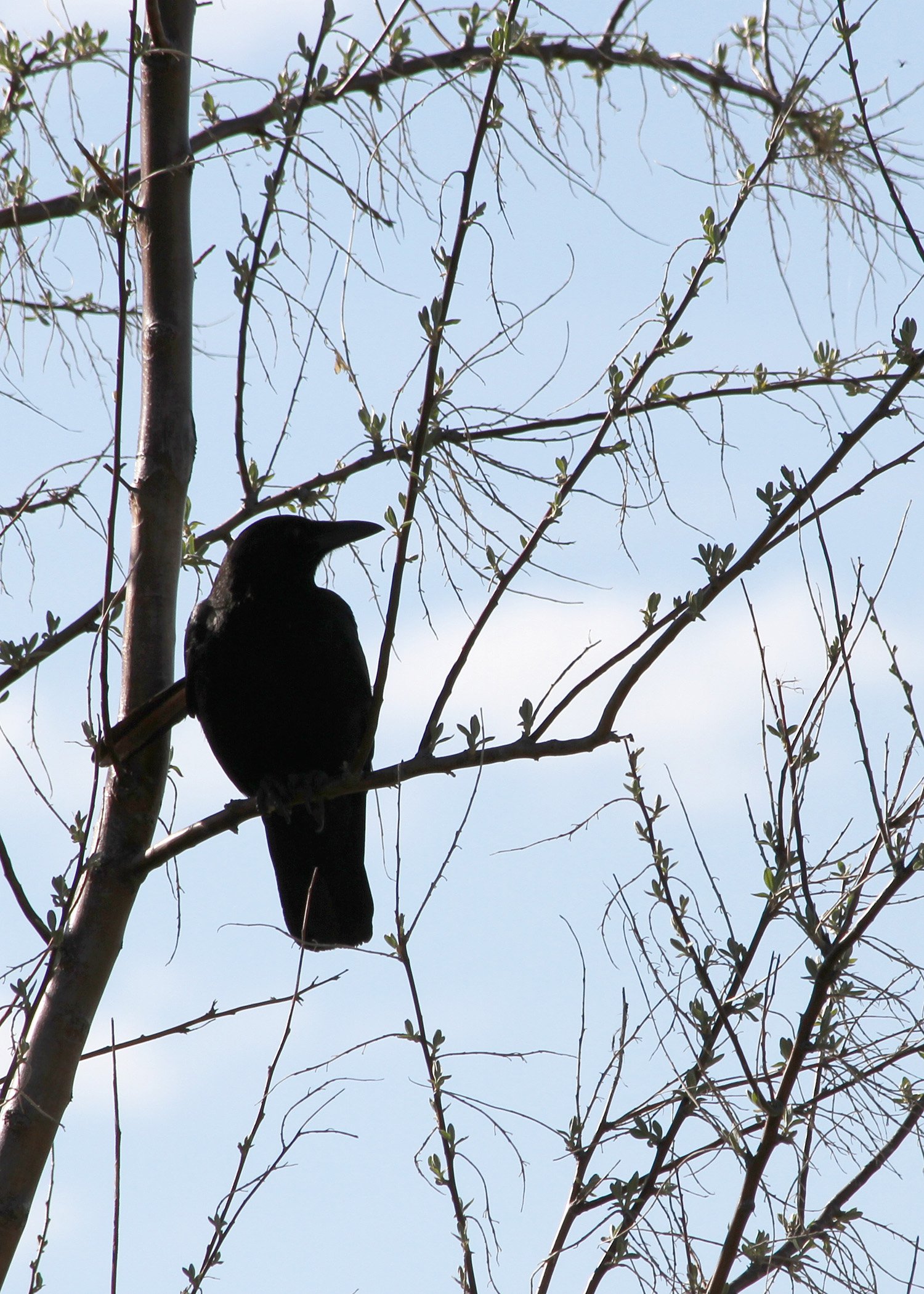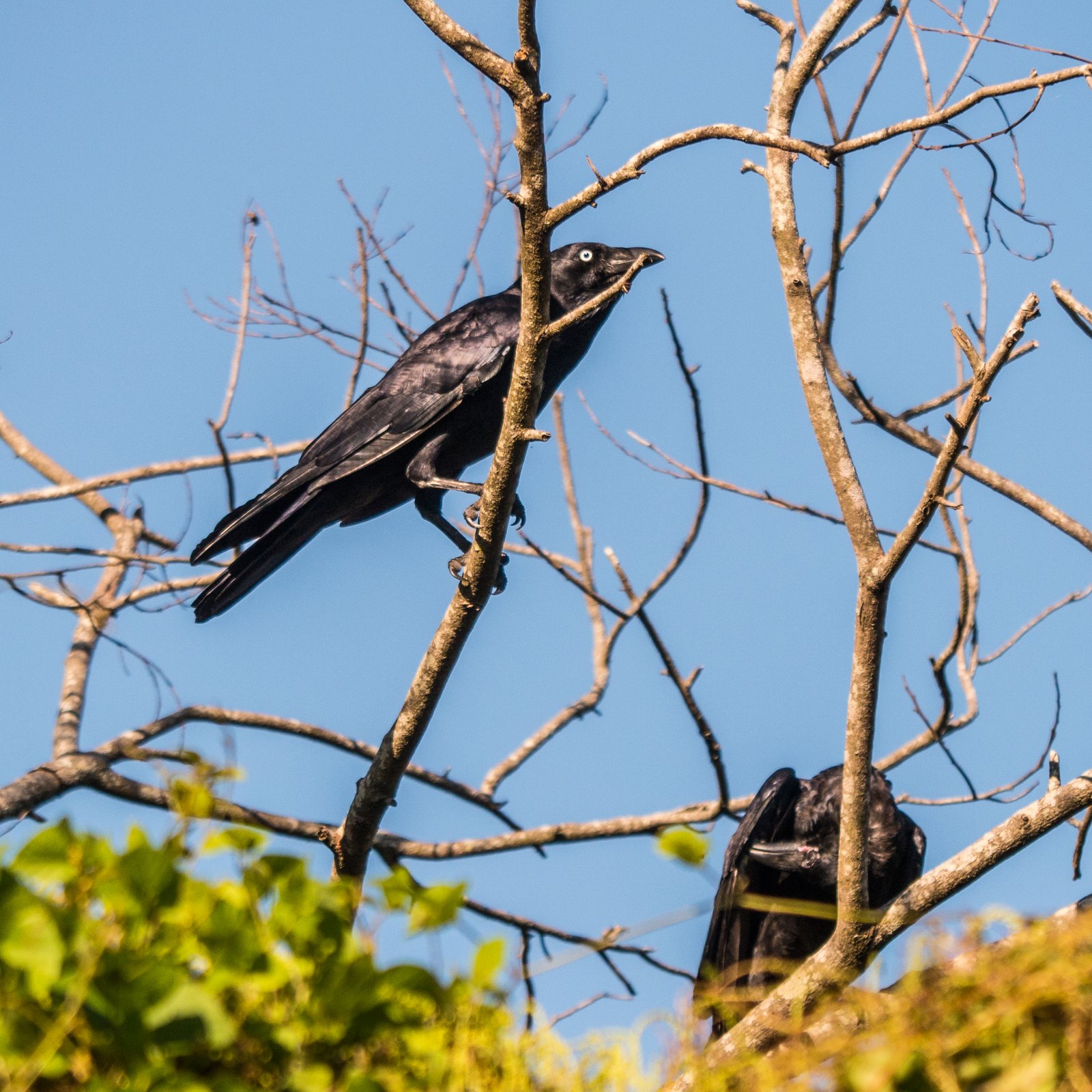Crows are often seen as mystical creatures, shrouded in a cloak of black feathers and mystery. But beneath their dark exterior lies a brain that is fascinating and complex. One particular crow has captured the attention of scientists and nature enthusiasts alike, as it has demonstrated an ability that many thought was reserved for humans and some primates: the use of tools. The story of this remarkable bird offers insights into the intelligence and adaptability of crows, challenging our understanding of animal cognition. Through vivid examples and scientific exploration, let’s delve into the world of this ingenious crow and uncover the secrets of its problem-solving prowess.
The Enigma of Crow Intelligence
Crows belong to a family of birds known as Corvids, which are renowned for their intelligence and problem-solving abilities. These birds have large brains relative to their body size, a trait they share with humans and other intelligent animals. Their cognitive skills are not just a subject of folklore but are backed by extensive scientific research. This particular crow, often referred to as the “tool-using crow,” has become a symbol of avian intelligence. Its ability to use sticks and other objects to obtain food has captivated researchers and has led to numerous studies aimed at understanding the extent of its cognitive capabilities.
Tool Use: A Sign of Advanced Cognition
The use of tools was once thought to be a hallmark of human intelligence, but this crow has proven that other species are capable of similar feats. By using twigs as make-shift tools, the crow is able to extract insects from tree bark, a task that requires not only dexterity but also foresight and planning. This behavior is not merely instinctual; it demonstrates an understanding of cause and effect, as the crow must anticipate the outcome of its actions. Such behavior is a clear indication of advanced cognitive abilities, raising questions about the evolution of intelligence in animals.
The New Caledonian Crow: Nature’s Engineer

Among the various species of crows, the New Caledonian crow stands out as a particularly skilled tool user. Found on the island of New Caledonia in the South Pacific, these crows have been observed crafting tools from leaves and sticks with remarkable precision. Unlike other animals that use tools opportunistically, New Caledonian crows exhibit a level of creativity and innovation akin to that of humans. Their ability to modify objects to suit their needs is a testament to their problem-solving skills and highlights the complexity of avian intelligence.
Problem-Solving in Captivity
Studies conducted in controlled environments have further revealed the cognitive prowess of these crows. In one experiment, a crow named Betty astonished researchers by bending a straight wire into a hook to retrieve food from a tube. This unexpected display of ingenuity demonstrated not only problem-solving but also the capacity for abstract thinking. Such experiments provide valuable insights into the mental processes of crows, offering a glimpse into how they perceive and interact with their environment.
Social Learning and Communication

Crows are social creatures, often living in large groups where they communicate using a complex system of calls and gestures. This social structure enables them to learn from one another, a phenomenon known as social learning. Young crows observe and imitate the behaviors of adults, including tool use, which is passed down through generations. This cultural transmission of knowledge is a crucial aspect of their intelligence, allowing them to adapt to changing environments and challenges.
Comparisons with Primate Intelligence
The cognitive abilities of crows have often been compared to those of primates, another group known for their intelligence. While primates use tools more frequently, crows exhibit a similar level of problem-solving and innovation. Both groups share the ability to plan, use tools, and learn from their surroundings, highlighting the convergent evolution of intelligence. These parallels have led scientists to reconsider the criteria for measuring intelligence in animals and have sparked interest in studying other species with similar capabilities.
The Role of Environment in Shaping Intelligence

The environment plays a crucial role in the development of intelligence in crows. The challenges they face in the wild, such as finding food and avoiding predators, require quick thinking and adaptability. This constant need to solve problems has likely driven the evolution of their cognitive abilities. In regions where resources are scarce, crows have been observed using more sophisticated tools, suggesting that necessity is indeed the mother of invention. Understanding the relationship between environment and intelligence can provide valuable insights into the evolution of cognition in other species.
Implications for Conservation and Research
The tool-using crow has not only fascinated scientists but has also highlighted the importance of conserving intelligent species. As habitats are destroyed and populations decline, the loss of such remarkable creatures would be a significant blow to biodiversity. Conservation efforts are essential to protect these birds and their habitats, ensuring that future generations can continue to study and learn from them. Additionally, research into avian intelligence can inform conservation strategies, leading to more effective protection measures.
Lessons from the Crow’s Toolbox
The story of the tool-using crow offers valuable lessons for both scientists and the general public. It challenges us to reconsider our assumptions about animal intelligence and the boundaries of cognitive abilities. By studying these birds, we can gain a deeper understanding of the natural world and our place within it. The crow’s ability to use tools serves as a reminder of the complexity and wonder of life on Earth, inspiring curiosity and respect for all living creatures.
Conclusion: A Call to Action

The remarkable intelligence of the tool-using crow invites us to reflect on our relationship with nature and the creatures that share our planet. By fostering a greater appreciation for these intelligent birds, we can promote conservation efforts and ensure that their stories continue to inspire and educate. As we uncover more about their cognitive abilities, we are reminded of the interconnectedness of all life and the importance of preserving the rich tapestry of biodiversity that surrounds us.




